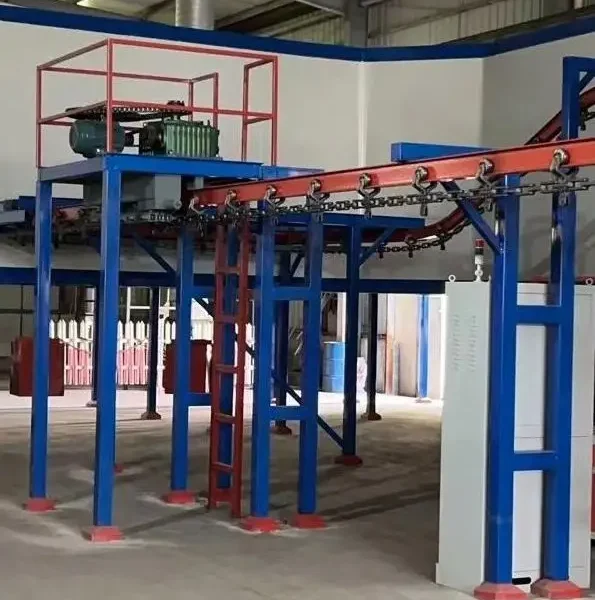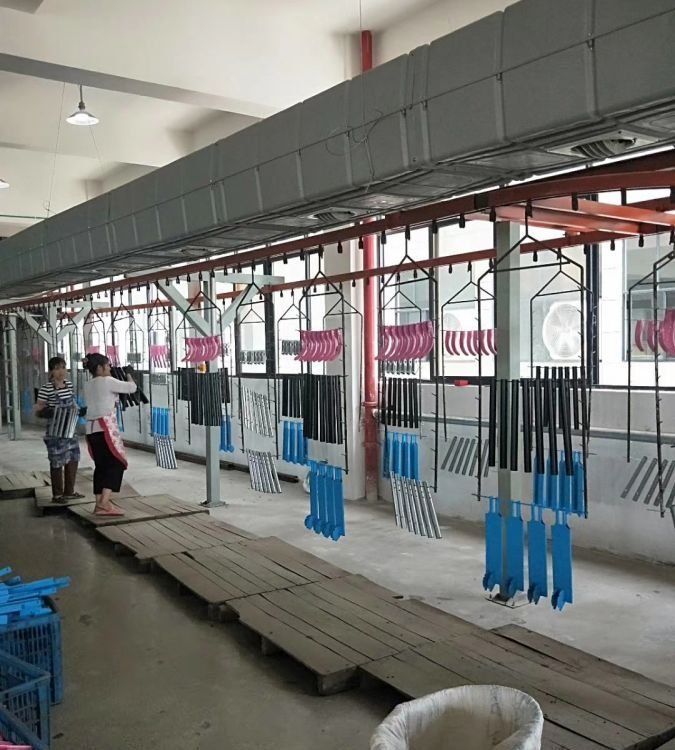
What effect does secondary spraying have on the adhesion and quality of the coating?
What effect does secondary spraying have on the adhesion and quality of the coating?
Secondary spraying can have both positive and negative effects on the adhesion and overall quality of the coating, depending on factors like surface preparation, coating compatibility, and application technique. Here’s how it influences adhesion and quality:
### **Effects on Adhesion**
1. **Improved Adhesion (When Properly Prepared)**
– If the first coating layer is properly sanded or chemically treated, secondary spraying can enhance adhesion by creating a mechanical or chemical bonding surface.
– Some coatings are designed for multi-layer applications, ensuring strong inter-coat adhesion.
2. **Reduced Adhesion (When Improperly Applied)**
– If the first layer is too smooth or contaminated with dust, oil, or moisture, the second layer may not adhere well, leading to peeling or flaking.
– Some cured coatings form a low-energy surface (especially glossy finishes), which reduces adhesion unless abraded or primed properly.
### **Effects on Coating Quality**
1. **Uniformity and Aesthetics**
– Secondary spraying can correct defects from the first coat, such as uneven thickness or coverage gaps, improving overall appearance.
– However, if applied incorrectly, it may cause visible layer differences, orange peel texture, or sagging.
2. **Film Thickness and Durability**
– Excessive secondary spraying can make the coating too thick, leading to cracking or reduced flexibility.
– If the secondary layer is too thin or uneven, it may result in weak spots or inconsistent protection.
3. **Defect Risks**
– Poor secondary spraying can lead to bubbling, poor interlayer bonding, or solvent entrapment, affecting durability.
– Improper electrostatic spraying on a cured layer may cause uneven charge distribution, leading to overspray or poor coating uniformity.
### **How to Optimize Secondary Spraying?**
– **Surface Preparation** – Light sanding, degreasing, or applying an adhesion promoter can enhance adhesion.
– **Proper Curing Time** – Ensuring the first coat is fully cured or properly flashed (depending on the coating type) prevents intercoat issues.
– **Compatible Materials** – Using coatings designed for multi-layer applications improves adhesion and finish quality.
– **Spraying Technique** – Adjusting spray pressure, distance, and overlap can ensure a smooth and even finish without defects.
Would you like recommendations on specific coatings or preparation methods for your application?
electrostatic adhesion powder
electrostatic charge powder
electrostatic coating powder
electrostatic coating vs powder coating
electrostatic dissipative powder coatings
electrostatic drum powder paint process
electrostatic dry powder coating
electrostatic enamel powder
electrostatic enamel powder coating
electrostatic fluidization bed for powder coating
electrostatic fluidization bed for powder coating machine

